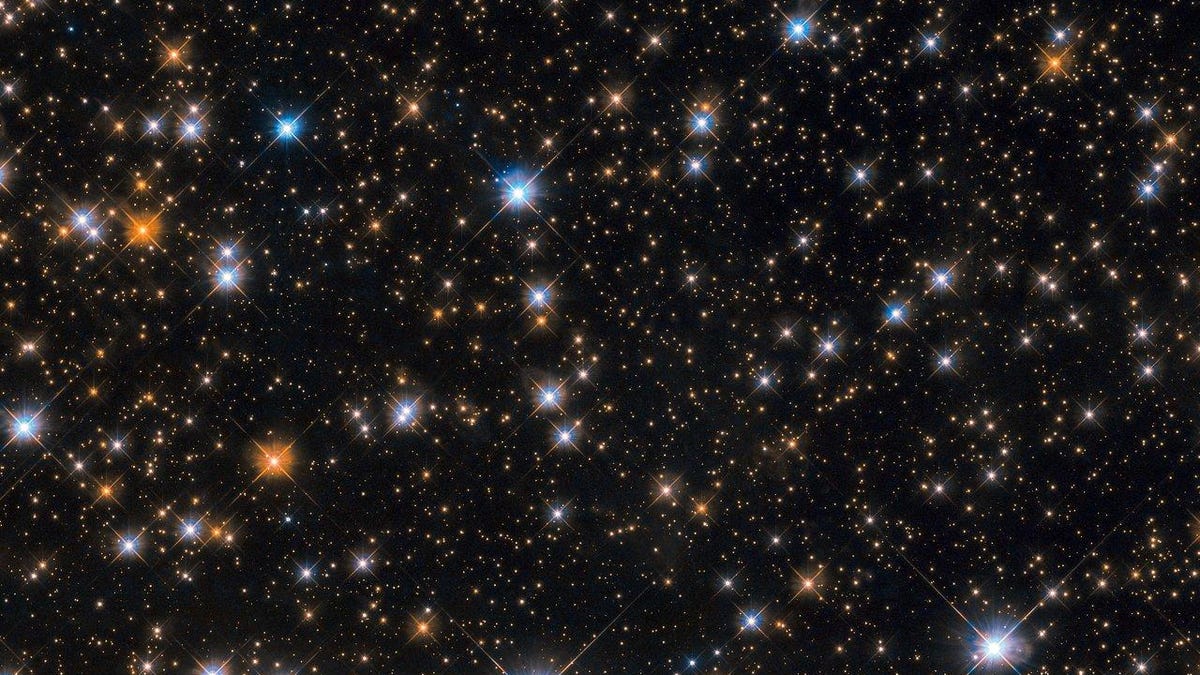Hubble space telescope goes on cosmic duck hunt, shoots a cluster
NASA and ESA find that stars of a feather flock together.
If the Hubble Space Telescope has a favorite NES game, it's probably Duck Hunt.
NASA and the European Space Agency shared a Hubble view this week of a star-studded gathering spot nicknamed the Wild Duck Cluster, and it's very glittery.
The cluster's more official name is Messier 11, but it gets its waterfowl moniker from a roughly V-shaped series of bright stars that resemble a group of migratory birds flying overhead.
Messier 11 formed about 220 million years ago and is classified as an open cluster.
"Open clusters tend to contain fewer and younger stars than their more compact globular cousins," ESA explains. That also means the stars in an open cluster can more easily be pulled apart, which puts a damper on the future for the Wild Duck Cluster.
"Messier 11 is likely to disperse in a few million years as its members are ejected one by one, pulled away by other celestial objects in the vicinity," ESA says. Until then, we can enjoy the scenic flock of stars through the eyes of Hubble.


